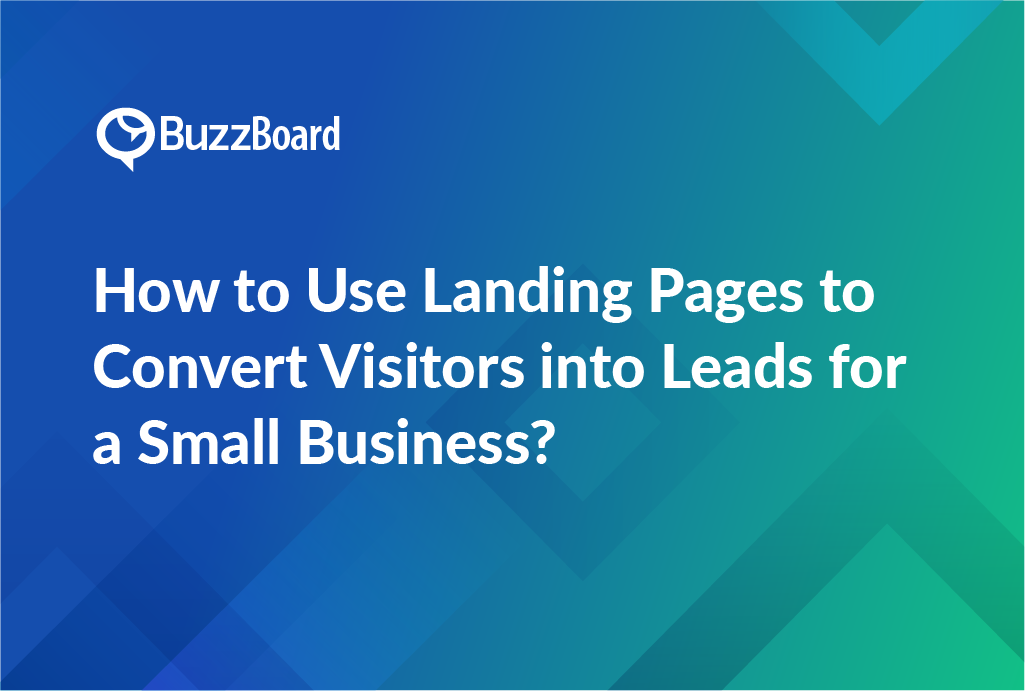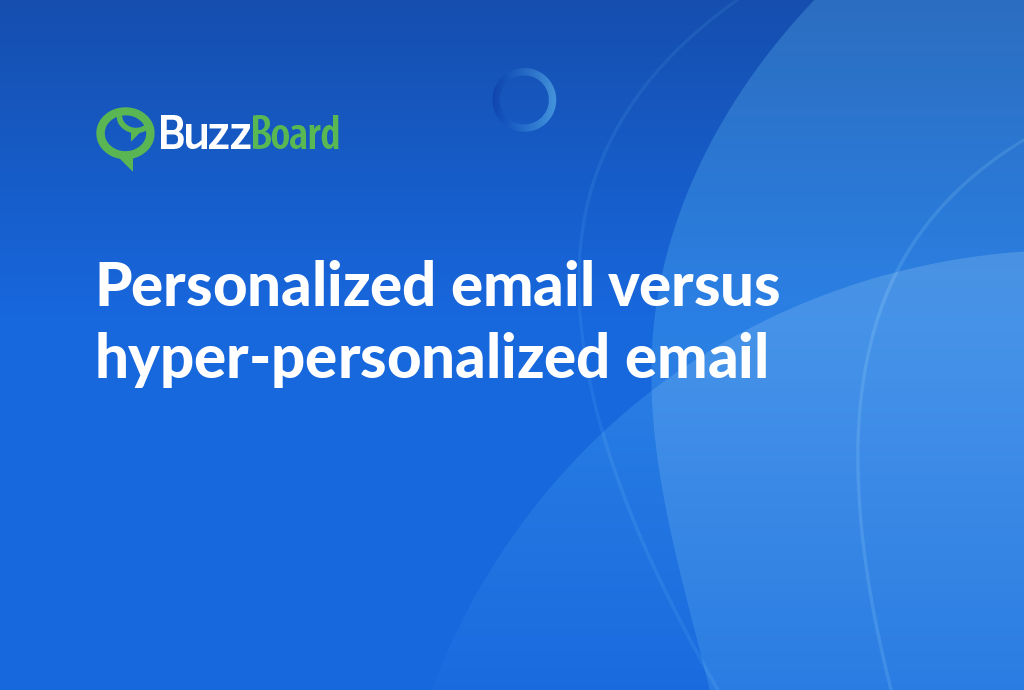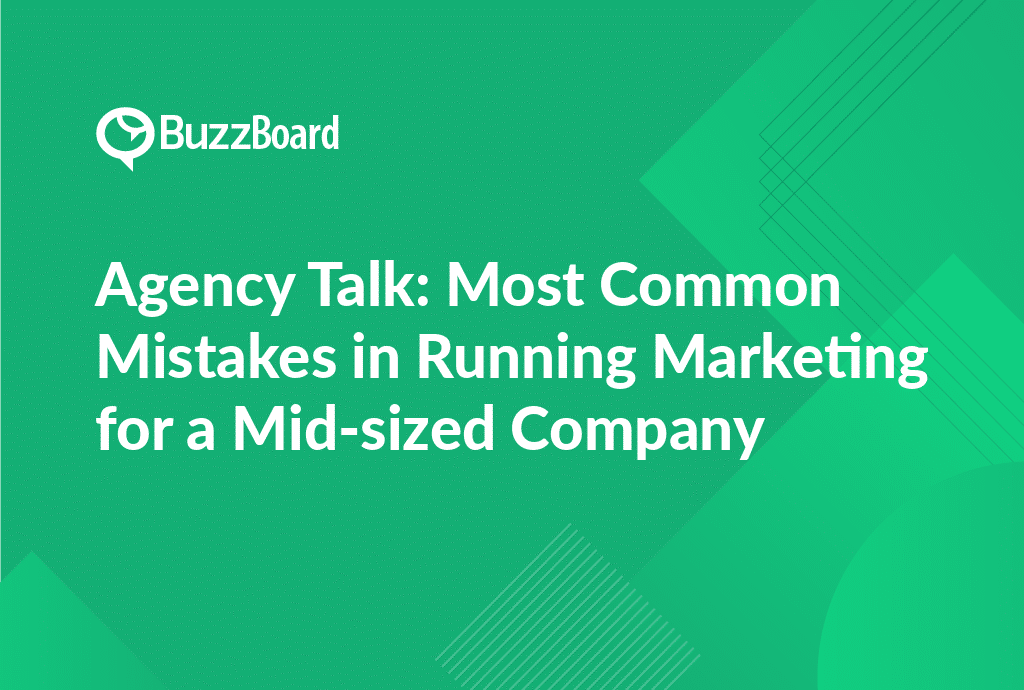Design High-Converting Landing Pages for a Small Business Client
Craft winning landing pages that turn visitors into customers. Learn essential strategies:
- Visually appealing & easy navigation: User experience is key.
- Clear & compelling call to action: Guide visitors towards conversion.
- Test & iterate: A/B testing reveals what works best for your audience.
- Lead capture forms & magnets: Offer value in exchange for contact information.
- Analyze metrics & behavior: Gain insights to optimize your pages.
Boost your small business client’s online presence:
- Targeted content for optimal search ranking
- Expert copywriting & persuasive CTAs
- Data-driven optimization with A/B testing
- Lead generation & conversion strategies
Designing Effective Landing Pages for High Conversion Rates
Designing effective landing pages is a crucial task that can either propel or hinder a small business’s objectives in generating leads and boosting sales through their website. In today’s digital landscape, where competition is fierce and attention spans are short, a well-designed landing page can be the difference between success and failure. This is where digital marketing agencies can leverage their expertise to help small businesses carve a niche for themselves in the digital realm.
Google, a dominant player in the digital landscape, employs Latent Semantic Indexing (LSI) to comprehend a website’s content and its relevance to the user’s search query. By incorporating LSI keywords, such as “help a small business generate leads” and “grow sales for a small business with a website,” into your content, Google can more effectively interpret your page’s relevance, subsequently enhancing your site’s ranking. This is especially important for small businesses, as a higher search engine ranking can drive more targeted traffic to their website, increasing the likelihood of conversions.
When designing your landing pages, there are a few crucial points to consider. First and foremost, your pages should be visually appealing and easy to navigate, offering an excellent user experience. This can be achieved by using a clean and simple design, clear typography, and high-quality images. Additionally, your landing page should feature a clear and compelling call to action (CTA), encouraging users towards a desired outcome, such as filling out a form, making a purchase, or signing up for a newsletter. A well-crafted CTA can significantly boost conversion rates, making it a critical element of a successful landing page.
Another essential aspect of landing page design is the use of persuasive copywriting. Your copy should be concise, clear, and compelling, effectively communicating the value proposition of your product or service. This can be achieved by highlighting the benefits of your offering, addressing the target audience’s pain points, and using social proof, such as customer testimonials and reviews.
Routinely testing and adjusting your landing pages with the help of analytics tools can provide valuable insights into the strategies that are effective and the ones that aren’t. By analyzing metrics such as conversion rates, bounce rates, and average session duration, you can identify areas for improvement and make data-driven decisions to optimize your landing pages. This iterative process can significantly enhance conversion rates for small businesses through their websites.
Designing effective landing pages is a critical skill for small business owners and sales professionals in digital marketing agencies. By understanding how to create landing pages that target the right audience, offer a valuable and engaging experience, and drive conversions, you can help small businesses achieve their objectives and thrive in the digital landscape. Remember, the key to success lies in creating landing pages that are visually appealing, easy to navigate, and persuasive, with a clear and compelling call to action. By following these best practices, you can help small businesses drive more leads, boost sales, and achieve long-term success.
Crafting Compelling Copy and Calls-to-Action
Crafting persuasive copy and call-to-action statements (CTAs) is a crucial component of any successful digital marketing strategy for small businesses. The goal is to create landing pages that not only capture visitor information but also convert these visitors into leads, ultimately driving sales and revenue growth. As seasoned professionals in digital marketing, we understand the importance of harnessing the power of language, design, and strategy to devise remarkable landing pages that resonate with target audiences.
A potent copy, penned in AP Style English, is essential for effective landing pages. This involves incorporating strategic, well-positioned keywords with an optimal density of 1.6, a ratio that Google appreciates and prioritizes in search results. This ensures that your landing page is not only visually appealing but also optimized for search engines, increasing its visibility and credibility.
However, a compelling copy is only half the battle. A call-to-action statement (CTA) is equally crucial in persuading audiences to take action. A CTA should be bold, concise, and persuasive, serving as the final prompt encouraging visitors to sign up for a newsletter, make a purchase, or attend a webinar. The key is to create a sense of urgency and scarcity, making the offer too good to pass up.
So, how do salespeople integrate this critical element into their selling strategy? It starts with understanding your customer’s needs, motivations, and challenges. By tuning into these aspects, you can present your clients’ offerings as the premier solutions, coaxing customers to take the desired action. This requires a deep understanding of your target audience, their pain points, and what drives their purchasing decisions.
To create an effective CTA, consider the following best practices:
- Make it clear and concise: Avoid using jargon or overly complex language that may confuse or intimidate visitors.
- Use action-oriented language: Verbs like “Sign up,” “Get started,” and “Learn more” can help create a sense of momentum and encourage visitors to take action.
- Create a sense of urgency: Use limited-time offers, scarcity, or countdown timers to create a sense of urgency and encourage visitors to take action sooner rather than later.
- Use visual elements: Incorporate eye-catching graphics, icons, or images to draw attention to your CTA and make it stand out on the page.
- Test and refine: Continuously test and refine your CTAs to optimize their performance and improve conversion rates.
By incorporating these best practices into your landing page strategy, you can significantly improve your chances of generating leads and driving conversions. The potential effect of expert copywriting and tactical CTAs can be tremendous, guiding small businesses toward enhanced lead generation and conversions. Leverage your expertise and make a significant impact by crafting persuasive copy and CTAs that resonate with your target audience and drive results.
Implementing A/B Testing to Optimize Landing Page Performance
Implementing A/B testing can be a game-changer for small businesses looking to generate leads and optimize the performance of their landing pages. For salespeople striving to boost revenue for a small business with a website, understanding the potential effectiveness of this approach is crucial. By leveraging A/B testing, small businesses can gain a deeper understanding of their customers’ preferences, behaviors, and pain points, enabling them to tailor their website and marketing strategies to better meet their needs.
At its core, A/B testing involves comparing two versions of a web page to determine which one performs better. This analytical method allows businesses to identify which elements of their website are driving conversions and which ones are hindering them. By testing different versions of a landing page, businesses can determine which design, layout, and content resonate most with their target audience, and make data-driven decisions to optimize their website for better performance.
If your small business clients are struggling to convert website visitors into leads, A/B testing can be a valuable solution. By presenting two distinct versions of a landing page and deciphering which one yields superior results, you can help turn visitors into potential customers. This approach can be particularly effective for small businesses that are looking to improve their conversion rates, increase their online sales, and drive more traffic to their website.
While A/B testing may require detailed knowledge and thought-out planning, the insights gleaned from this approach can provide valuable insights about customer behavior that can lead to enhanced marketing strategies and increased sales. By testing different versions of a landing page, businesses can identify which elements are most effective at driving conversions, and make data-driven decisions to optimize their website for better performance.
Industrious improvement of landing pages through A/B testing can furnish small businesses with a competitive standing in their respective industries. The insights gleaned from A/B testing can empower small businesses to modify website components – such as in-line forms, button colors, or headline texts – to better resonate with their target audience. This can significantly boost their conversion rate, drive more traffic to their website, and increase their online sales.
In today’s digital landscape, it’s more important than ever for small businesses to stay ahead of the curve and keep their edge in the ever-progressing world of digital marketing. By arming themselves with the knowledge and tools necessary to ensure their small business clients prosper, salespeople can help their clients achieve their goals and stay competitive in their industry.
Some key benefits of A/B testing for small businesses include:
- Improved conversion rates: By testing different versions of a landing page, businesses can identify which elements are most effective at driving conversions, and make data-driven decisions to optimize their website for better performance.
- Increased online sales: By driving more traffic to their website and improving their conversion rates, small businesses can increase their online sales and revenue.
- Better understanding of customer behavior: A/B testing can provide valuable insights about customer behavior, enabling businesses to tailor their marketing strategies to better meet their needs.
- Competitive advantage: By staying ahead of the curve and leveraging the latest digital marketing trends and technologies, small businesses can gain a competitive advantage in their industry.
Implementing A/B testing can be a valuable solution for small businesses looking to generate leads and optimize the performance of their landing pages. By understanding the potential effectiveness of this approach, salespeople can help their clients achieve their goals and stay competitive in their industry.
Integrating Lead Capture Forms and Lead Magnets
The importance of having a strong online presence is more crucial than ever for small businesses. With the majority of consumers turning to the internet to research and make purchasing decisions, it’s essential for small businesses to adapt and shift their operations online. One effective way to do this is by incorporating lead capture forms and lead magnets on landing pages.
A lead capture form can be thought of as a digital sales representative for your business, collecting vital contact information from prospective clients who visit your page. However, simply having a lead capture form on your website is not enough. You need to entice visitors to share their contact information, and that’s where lead magnets come into play.
Lead magnets are enticing freebies that potential customers can’t resist. These can include downloadable ebooks, exclusive discounts, or access to valuable content. In exchange for their contact details, you provide these lead magnets to potential customers. When lead capture forms on your landing pages combine with lead magnets, they offer a compelling reason for visitors to share their information.
For example, if you’re a fashion brand, you could offer a free style guide or a discount code to visitors who provide their email address. This not only encourages visitors to share their contact information but also provides them with something of value that they can use. By offering a lead magnet, you’re creating a mutually beneficial relationship with your potential customers.
When lead capture forms and lead magnets are used in conjunction with each other, they can effectively transform website traffic into valuable leads. These leads can then be nurtured through targeted marketing campaigns, email marketing, and other strategies to turn them into paying customers. This can significantly enhance your small business’s sales and growth.
Incorporating lead capture forms and lead magnets on landing pages is a simple yet effective way to boost your digital sales strategies. By providing value to your potential customers and making it easy for them to share their contact information, you can build a loyal customer base and drive sales for your small business.
Some additional tips to keep in mind when using lead capture forms and lead magnets include:
- Make sure your lead capture form is clear and concise, and that it’s easy for visitors to understand what they’re getting in return for their contact information.
- Choose a lead magnet that’s relevant to your business and target audience, and that provides value to them.
- Use a variety of lead magnets to keep things fresh and interesting for your visitors.
- Make sure your lead capture form is mobile-friendly, as more and more people are accessing the internet through their mobile devices.
- Use segmentation to target specific groups of leads with specific lead magnets and marketing campaigns.
By following these tips and incorporating lead capture forms and lead magnets into your digital sales strategies, you can drive sales and growth for your small business and stay ahead of the competition.
Analyzing Landing Page Metrics and User Behavior
Understanding how to analyze landing page metrics and user behavior is a crucial skill for any digital marketing agency looking to help small businesses drive sales through their website. By analyzing these metrics, agencies can gain invaluable insights into consumer behavior, which can directly impact lead generation and sales growth.
For small businesses, a landing page is often the first point of contact potential customers have with the business online. As such, it’s essential to ensure these pages are optimized and effective in converting visitors into leads. A well-designed landing page can make all the difference in capturing the attention of potential customers and guiding them through the sales funnel.
When analyzing landing pages, numerous key metrics come into play. These include bounce rate, time spent on the page, click-through rate, conversion rate, and more. For instance, the bounce rate is the percentage of users who leave your site after viewing only one page. A low bounce rate indicates that more visitors are exploring your site beyond the landing page, increasing the likelihood of converting them into customers. Conversely, a high bounce rate may indicate that the landing page is not effectively communicating the value proposition or is not resonating with the target audience.
In addition to these metrics, understanding user behavior on landing pages can also provide valuable insights for small businesses. Tools like heatmaps and session recordings can provide a comprehensive view of how users interact with a landing page, revealing patterns and trends that can inform design and content decisions. For example, heatmaps can show which elements on the page are receiving the most attention, while session recordings can provide a step-by-step view of how users navigate the page. This information can be leveraged to optimize the landing page’s design and content, thereby enhancing its effectiveness in lead generation.
By mastering landing page metrics and user behavior, small businesses can significantly boost their online sales strategy. This knowledge can inform more informed decision-making, more efficient allocation of marketing resources, and ultimately, a higher return on investment (ROI). With this insight, small businesses can refine their marketing efforts, target their ideal audience more effectively, and drive more conversions.
For digital marketing agencies, understanding landing page metrics and user behavior can also be a key differentiator in the market. By offering this expertise to small businesses, agencies can help their clients optimize their online presence, drive more sales, and ultimately, achieve their business goals.
If you’re a digital marketing agency looking to help small businesses drive sales through their website, discover how our services can support your agency. Our software can help you connect with more small businesses, providing you with the tools and expertise you need to succeed in the competitive digital marketing landscape.
Conclusion
In conclusion, using landing pages to convert visitors into leads is a powerful strategy for small businesses. By creating targeted, high-converting landing pages, small businesses can effectively capture the attention of potential customers, communicate their value proposition, and encourage visitors to take action. The key takeaways from this article are that a well-designed landing page should have a clear and concise message, a compelling headline, and a prominent call-to-action. Additionally, it’s essential to test and optimize landing pages regularly to ensure they are performing at their best.
By following the tips and best practices outlined in this article, small businesses can create landing pages that drive conversions, generate leads, and ultimately grow their business. Whether you’re looking to promote a new product, service, or offer, a well-crafted landing page can help you achieve your marketing goals and stay ahead of the competition.








